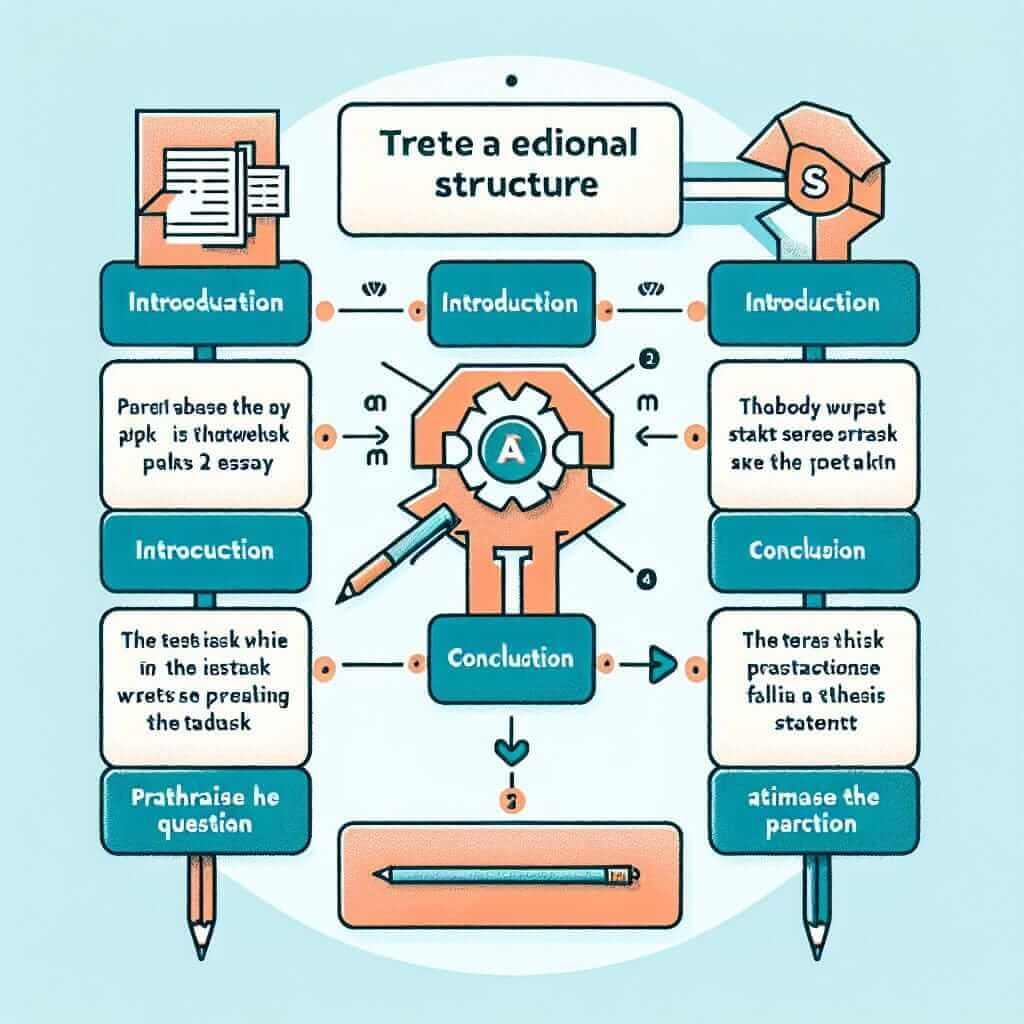The IELTS Writing Task 2 can be daunting. You’re faced with a complex issue and asked to write a well-structured, grammatically flawless essay in just 40 minutes. But what if I told you a strong introduction can significantly boost your chances of achieving a high score?
As an IELTS instructor with over two decades of experience, I’ve witnessed firsthand how a captivating introduction can set the tone for a winning essay. It’s not just about stating your opinion; it’s about demonstrating your understanding of the topic and your ability to engage the reader.
This comprehensive guide will delve into the intricacies of crafting a compelling introduction for IELTS Writing Task 2. We’ll explore proven techniques, common mistakes to avoid, and equip you with the tools to impress the examiner right from the start.
Why is the Introduction so Important?
Think of your introduction as a roadmap for the examiner. It should clearly outline your essay’s direction, providing a sneak peek into your main arguments while showcasing your ability to write coherently and effectively. A well-structured introduction indicates to the examiner that you have a firm grasp of the topic and can present your ideas logically.
Crafting a Winning Introduction: A Step-by-Step Approach
A successful IELTS Writing Task 2 introduction usually consists of two key elements:
1. General Statement & Paraphrasing the Question:
Begin by setting the context for your essay. This involves paraphrasing the question prompt, which means restating the topic in your own words without changing its meaning. This demonstrates your vocabulary range and ability to interpret the question accurately.
Example:
Question:
Some people believe that the best way to reduce crime is to impose stricter punishments on criminals. To what extent do you agree or disagree?
Paraphrased statement:
The issue of crime prevention is a complex one, with many advocating for harsher penalties as a deterrent.
2. Thesis Statement:
This is your opportunity to clearly state your stance on the issue. Your thesis statement should be concise and directly address the essay question.
Example:
However, I firmly believe that solely focusing on punishment is an inadequate solution, and a more holistic approach encompassing societal factors is crucial in tackling crime effectively.

Common Mistakes to Avoid:
- Directly copying the question prompt: This shows a lack of vocabulary and paraphrasing skills.
- Writing a vague or overly broad introduction: Be specific and focused on the task at hand.
- Including irrelevant information: Stay on topic and avoid tangents.
- Expressing your opinion too strongly: Maintain a balanced and objective tone.
Tips for a High-Scoring Introduction:
- Keep it concise: Aim for 2-3 sentences, focusing on clarity and conciseness.
- Use linking words: Words like “however,” “moreover,” and “in contrast” create a smooth flow between your ideas.
- Vary your sentence structure: Use a mix of simple and complex sentences to enhance readability.
- Proofread carefully: Check for grammatical errors, spelling mistakes, and clarity of thought.
Conclusion:
Mastering the art of writing a compelling introduction is an invaluable skill for achieving success in the IELTS Writing Task 2. By following the steps outlined in this guide and practicing regularly, you’ll be well on your way to crafting impactful introductions that capture the examiner’s attention and pave the way for a high-scoring essay. Remember, a strong start can make all the difference!